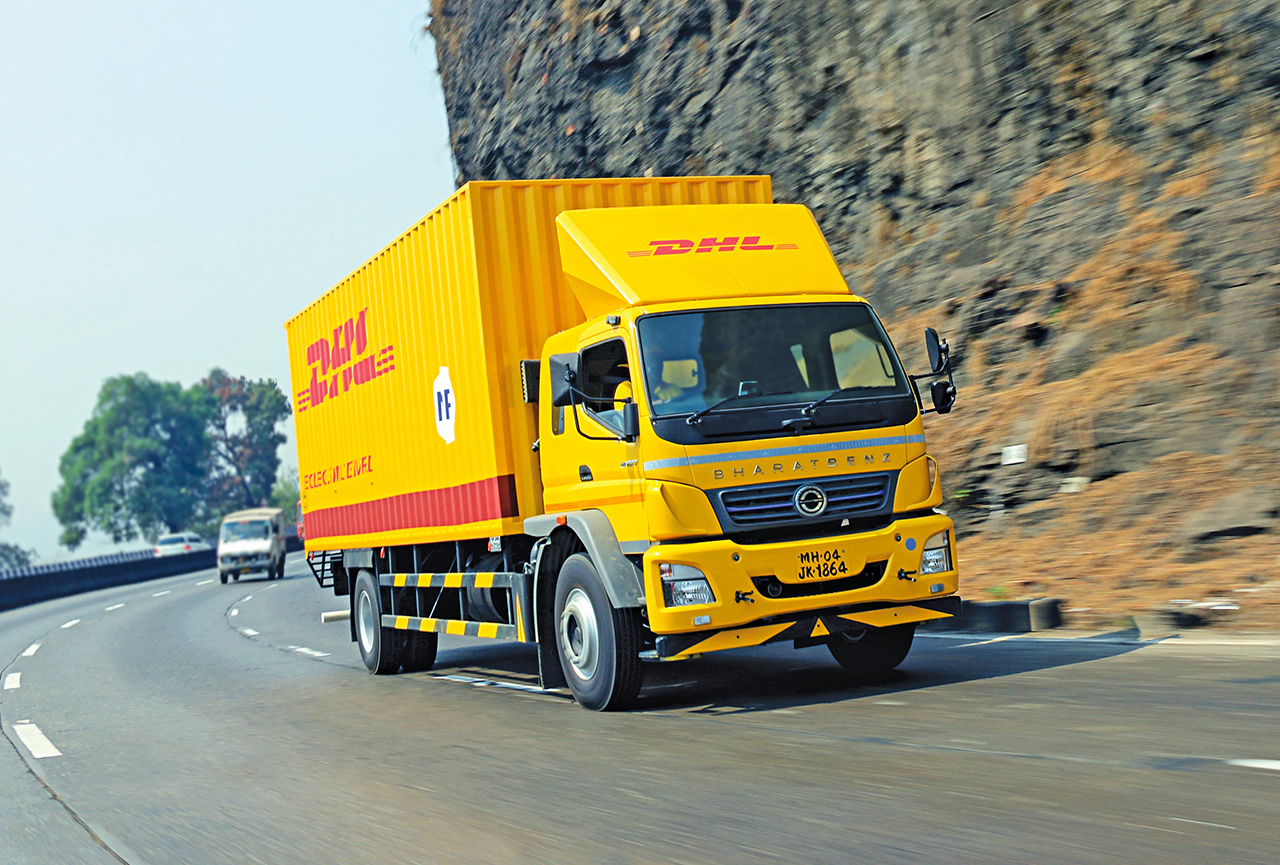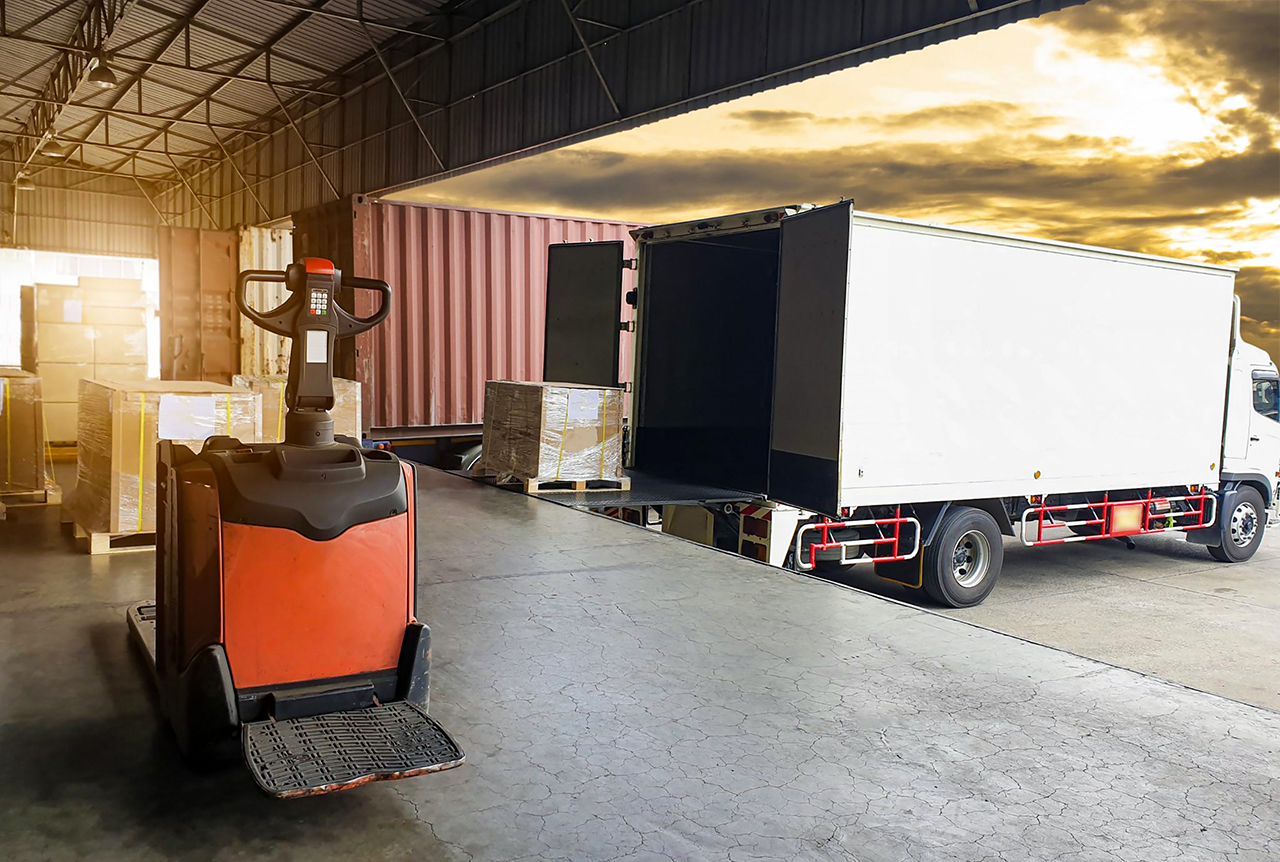In our ongoing exclusive series of talks ‘IntelliTech’ with HERE Technologies, we explore various solutions that the company offers to their loyal clientele the worldover. Be it resolving last mile challenges, empowering enterprises with innovative location data and technology solutions, or helping organizations track their moving assets – this leading location platform company is making waves globally and Motorindia packs it all in the series ‘IntelliTech’. Sarada Vishnubhatla asks Abhijit Sengupta, Director and Head – Business (India, SAARC & Southeast Asia), HERE Technologies a few pertinent questions.

Excerpts from the interview:
How has the last mile segment evolved over the years? Are there any studies conducted by HERE Technologies that give a glimpse of the state of the last mile segment and its growth in India, when compared with the global scenario? If yes, please share with us a few highlights.
The world runs on the back of logistics. And, today the growth spurt in the Indian e-commerce sector has put the last mile delivery industry on an upward trajectory. According to India Brand Equity Foundation (IBEF), India’s e-commerce market is expected to touch US $ 200 billion by 2026. The e-commerce shipments in India have shown high growth – from 814 million in 2018 to 1.36 billion in 2020 – during the COVID pandemic period and the lockdowns. This has enabled organizations to get their last mile deliveries streamlined and made efficient to meet the growing customer demand.
To achieve this end, organizations – both B2B and B2C – require location-enabled platforms and tools for real-time shipment visibility that help monitor product condition, ensure driver safety, inform customers of estimated ETAs, and provide businesses with information on any issues requiring immediate attention.
The State of Movement Asia Pacific study that HERE conducted in association with Frost & Sullivan in 2021 suggests that location and mapping platforms are gaining popularity among APAC transport and logistics companies. Map-based insights provide businesses with the intelligence to make real-time decisions about their deliveries. With the use of GPS trackers, RFIDs, barcodes, IoT and QR codes, companies ensure constant monitoring of their shipments until the last mile, to deliver quality experiences to the end customer. Our study suggests that GPS (77%), RFIDs (31%) and barcodes (29%) already have a high penetration in fleet management in the APAC region. New and emerging technologies like IoT are gaining popularity with 21% of logistics companies currently leveraging IoT for fleet management. Ultimately, be it technology upgrades, or adopting data-backed strategies for a faster decision-making process, the customer will always sit at the heart of innovation for the last mile industry.
How has HERE Technologies been tackling the issue of last mile delivery in the e-commerce segment – by way of solutions whether customized or otherwise – since the company’s inception? What are some latest technological trends being offered today to address the huge demand w.r.t online consumerism?
HERE’s Last Mile is a turnkey SaaS solution that helps fleet managers oversee all delivery operations – right from the planning to execution of deliveries. It allows managers to review the information on a map and analyse the overall fleet performance using a web-based dashboard. Additionally, the connected mobile app helps them with turn-by-turn navigation, collect proof of delivery and report any issues or discrepancies in real time. With details like accurate ETAs based on traffic, delivery windows, shift times and vehicle types, fleet managers can optimize and plan routes more efficiently. It includes replanning of deliveries and providing support and assistance to the drivers, to ensure safe and timely deliveries.

Earlier last year, HERE – in response to an unprecedented customer demand – launched a new route planning tool called HERE WeGo Deliver to help SMEs optimize their delivery of goods and services, including the last mile. The delivery tool allows businesses to plan and dispatch services without involving software development or implementation costs.
With online ordering platforms like e-commerce, food delivery, and e-medicines becoming popular, technology adoption across delivery processes will increase. We anticipate an increase in warehouse automation, adoption of location technology and spatial analytics, and tools for real-time tracking of shipments. Now, with the Indian government relaxing drone policies, deliveries of goods using drones could soon be a reality. In short, the last mile industry is in the middle of an extraordinary transformation and the next few years are going to be exciting for the sector.
What are the current challenges that you are addressing in the last mile segment? A couple of examples of unique case studies would be appreciated.
Be it unexpected delays, lack of end-to-end visibility, fluctuating fuel costs, digital infrastructure, or remote tracking and monitoring tools – the last mile segment faces several potential issues that need to be addressed. For food delivery services and courier companies, transporting products from distribution centers to customers on time and at low cost is of utmost priority. Cloud-based location algorithms and solutions that offer aerial and satellite imagery could help resolve some issues at this stage. The maps can help evolve the last mile delivery process as orders get automatically clustered and by empowering drivers to be able to avoid traffic and streamline deliveries. Through predictive alerts, fleet managers can plan efficient delivery routings based on travel time, fuel costs and road tolls, thus optimizing the entire supply chain.
How do HERE Technologies’ APIs help businesses become cost efficient and deliver high performance?
Using HERE’s APIs, businesses can collect and consider all variables in managing fleet logistics including the number of vehicles, all pick-up and delivery locations, business hours, and traffic congestion. Based on this information, they can work out better delivery planning and efficiently allocate available fleets. Furthermore, solutions powered by HERE’s API come with point addressing and geocoding capabilities which can help delivery executives easily decode latitudes and longitudes as addresses and business names, making it simple for them to understand their delivery tasks. And these solutions can operate even when they are offline.

The true cost benefits that we want our customers to gain will be when carbon footprint is reduced with better planning of movements, of delivery, and accurate addressing of the parcel destination as well as the optimal management of resources and manpower with vehicles that are required to perform these deliveries. The lesser burn or failed deliveries, the more deliveries are made, the more cost reductions are acquired.
How does the HERE platform tackle a problem like transparency to help your customers be efficient in catering to theirs?
Transparency is pivotal to delivering quality customer experience. The past year has highlighted that end-to-end shipment visibility will continue to be extremely important in the coming years. By enabling companies to track, monitor, and easily report all freight movement, businesses can provide real time updates to the end consumer about their cargo.
End-to-end shipment visibility, enabled by location and spatial technologies, allows the end customer to receive notifications around routes, schedules, ETAs, track parcels, and keep them informed of any glitches. While most customers continue to operate remotely, many a time, they require full visibility of their shipments, right from the first mile until they receive their parcel. Our solutions including HERE Asset Tracking, HERE Positioning, HERE Indoor Positioning, and HERE Indoor Maps allow customers to:
• Locate devices and assets with high precision by way of global satellite, mobile and Wi-Fi signals
• Accurately position and locate products and devices inside buildings
• Create customized indoor maps of facilities using our indoor mapping solutions, and • Reduce asset loss and supply chain costs through real-time tracking of assets with end-to-end solutions